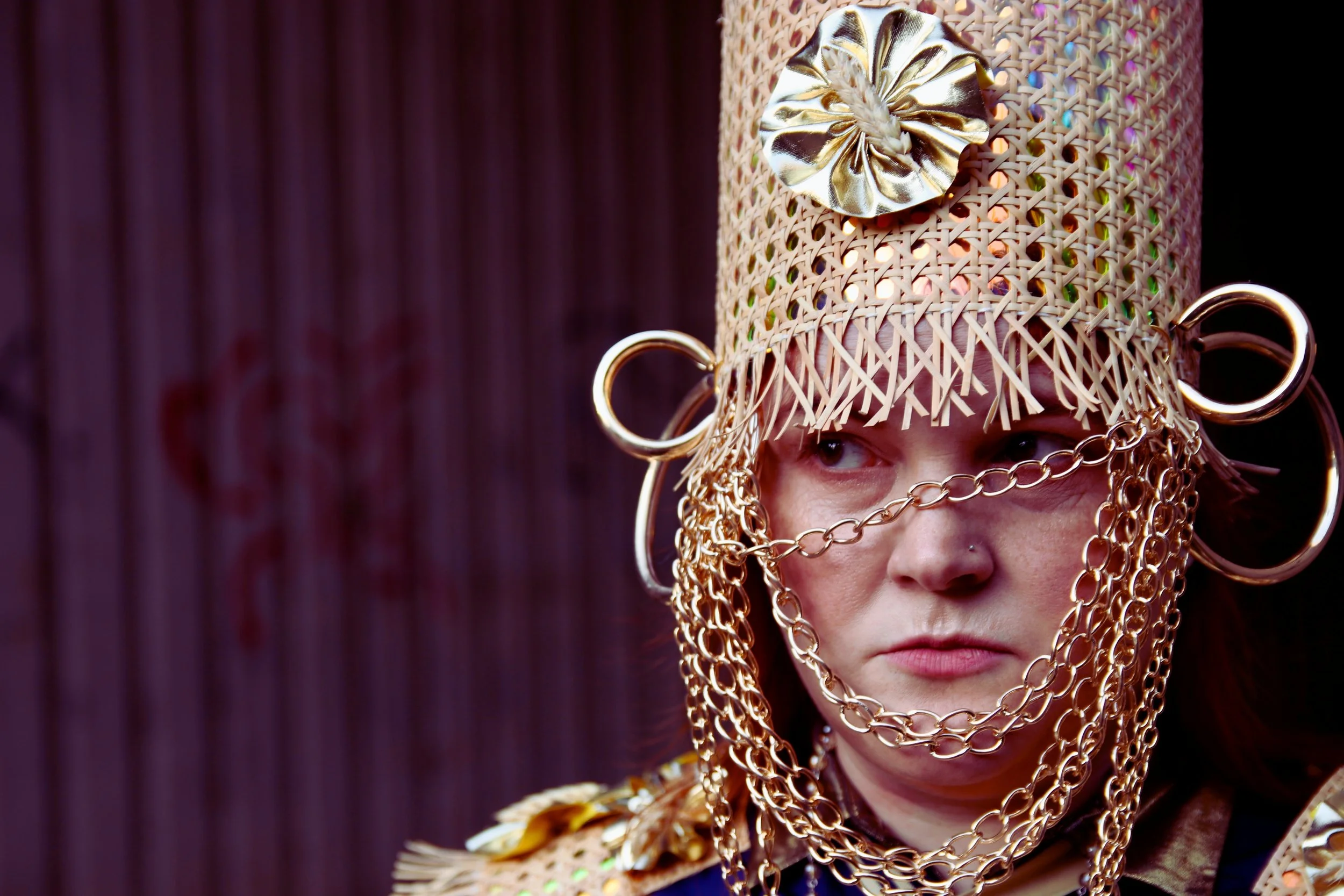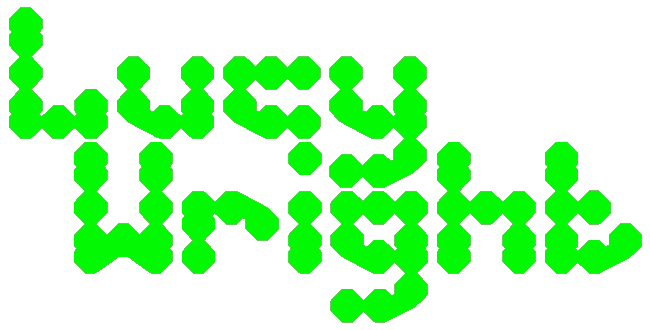
I’ve been thinking lately about artist statements—how they’re often such a blunt tool for illuminating an art practice, much less the person behind it.
Even though I try to keep mine up to date, I always feel like I want to say *more*—and that it doesn’t quite represent me in the way I’d like it to.
Relatedly, isn’t it funny how so much mainstream media airtime and print-space is devoted to the endless unpicking of sports matches—and to a lesser extent, of music and film—but there’s rarely any analysis of contemporary art, save by the very most high-profile figures—or when celebrities decide to give it a go.
When I was a folk musician I could record an album in a friend’s bedroom and be reasonably assured of a bunch of reviews and maybe even a mention in The Guardian if I was lucky. Now as an artist I can deliver lengthy commissions far more interesting and complex than anything I did in my twenties, and other than my own wanging on about it, there’s barely any record of it… Why is this?
(Like usual pals, we gotta do it all ourselves…)
Anyway, I thought I’d offer a bit of additional background to myself and the work that I do—just in case it makes things more interesting for anyone.
I’m an artist that didn’t go to art school. Please get out your tiny violins, because I dearly wanted to but my well-meaning WC parents weren’t able to support it. Instead, after a more reassuringly ‘academic’ BA in Art History (where I felt surrounded by folks set to inherit a decent chunk of art histories’ spoils), I ended up doing a Masters in Ethnomusicology—the anthropological study of people, performance and place—because I’d realised I wanted to think more about what folk is, its uses and applications—and to try to understand how traditions work. (Don’t try to make the career-worthiness make sense; it didn’t).
At uni I was quickly swept up in the new(ish) movement at the time towards a more expansive approach to ethnographic study. Rather than being limited to text-based descriptions, scholars were exploring visual, affective and sensory methods. After experimenting a little with film, I landed a scholarship on one of the early practice-led PhDs offered at Manchester School of Art, where I used an unnamed but broadly socially engaged approach to my research in the Anglo-Irish folk scene that I’d grown up on the fringes of.
Fairly early on in the project I realised that the kinds of practice I associated with ‘folk’ were only a small part of the picture—and a somewhat biased one at that. Academic folklore is much more disparate and forwards-looking than popular representation suggests, while folk music collecting seemed to have dried up by the 1950s/60s, creating a gap between folk’s meaning and its present-day applications. I found it hard to believe that folk could actually ‘die out’—although this seemed to be the conclusion of many commentators on the genre—so I started looking beyond the recognised spaces of folk music and dance, to find other practices that didn’t necessarily identify as ‘folk’ but which bore all the same types of hallmark. Like sociability, self-determination, resilience, perhaps rootedness in places or at least ideas about them…
It turned out there were quite a few things that had these things in spades, but which had been left out of the history books—primarily because few people believed that urban, working-class, female and otherwise marginalised communities could be the bearers of valuable cultural traditions. To me this seemed like a MASSIVE oversight.
The first performance I got really hooked on was girls’ carnival morris dancing. Apart from a few passing mentions in journals from the 1960s and 80s, not much had been publicly recorded about this little-known branch of the morris tradition, unique to the Northwest and Wales, and almost all of its histories existed in community memory only. In fact, folk commentators had largely dismissed it as a modern invention, an American import and a traitor to the ideology of the folk movement, even though, of course, it’s none of those things.
I started attending girls’ morris practices and competitions and hanging out with the people who attended them—some of whom have gone on to become lifelong friends. I took photographs, in part because I was excited to capture the buzz of an unfamiliar live event, but also because documentation felt like something of value that I could give back to the people who’d generously opened their lives to me.
Later I’d find other performances to fall in love with, like the entertainer troupes in the English Midlands and the jazz marching bands of the former mining communities of the North, and South Wales. I took photos at their events too, eventually branching into video, building an informal archive that I honestly believe is a unique document of 21st century folklife. It also (hopefully!) allows me to earn my keep in a space that still receives few outsiders.
If you’re familiar with my sculptural and performance work, perhaps you can spot the influence these contemporary folk arts continue to have on the things I make. I enormously admire how practices like carnival morris continually evolve to stay relevant across generations of participants, never having to be artificially propped up or revived. This is how ‘folk’ always functioned and it’s the inspiration for everything I do.
As artists we’re sometimes asked to pinpoint or isolate the *bit* within the morass of stuff we do that is the art—and I guess, by consequence, which parts can be ignored as simply prep or subsidiary. For me, the objects that I display in galleries and the performances I create in my studio are obvious currencies which enable me to move (sometimes) in the spaces of contemporary art, but none of it could happen in the way it does without the layers of research and years of embedment in real, living communities. The videos and photographs I create while ‘in the field’—coincidentally, where I also happen to live—may not be art in themselves, but they’re very much the drivers of it.
Feedback on a failed interview for a prestigious arts opp once said that I spoke ‘too much about the history of folk’ and not enough about my own practice—as if the history of folk that I reference is something that already exists in books that I can borrow and quote from, rather than something that I'm actively creating through the work I do. It isn’t. I’ve no idea how I would ever separate these things out—and I’ve little interest in doing so.
That the folk communities I emphasise are also underserved and underestimated isn’t accidental either.
—September 2025
